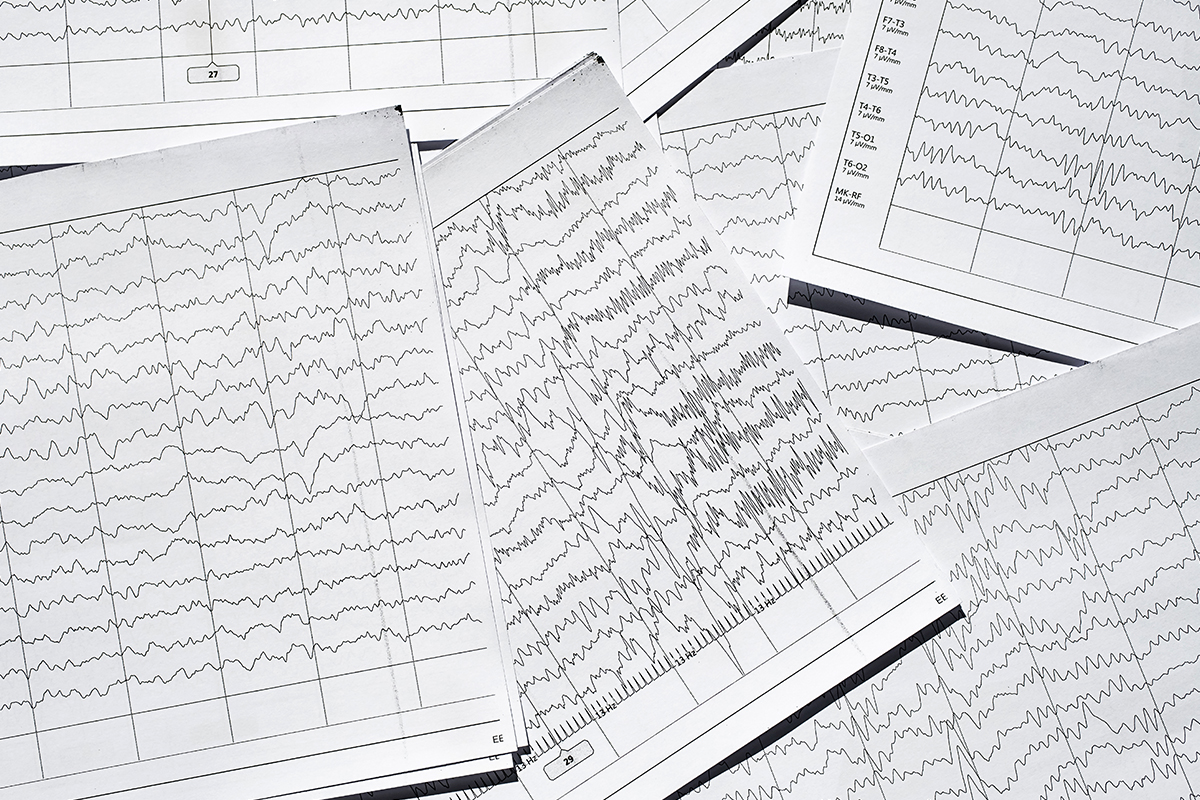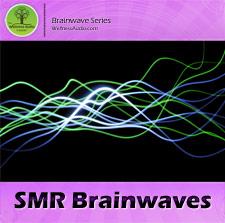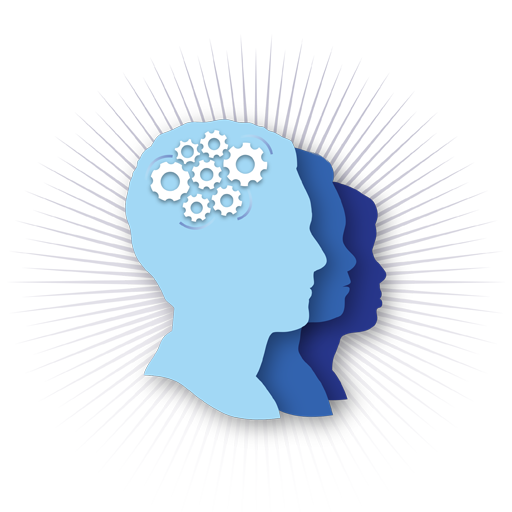
The History of Neurofeedback: Part II
The History of Neurofeedback: Part II
Ari Goldstein, Ph.D.
Educational Psychologist
For far too long, neurofeedback has been viewed as a therapy based more on wishful thinking than science. Perhaps this is because early in its history – in the 1960s and 70s – neurofeedback attracted the attention of those pursuing spiritual growth as well as patients seeking non-drug treatments for various brain conditions. Somehow, neurofeedback became associated with therapies outside the realm of established scientific inquiry.
Yet, as we indicated in our last blog, this incredible, drug-free therapy is the product of decades of well-documented research on brain function conducted by highly respected scientists. Starting with Hans Berger’s revelations about the existence of brain waves during the 1920s, scientists around the world have been exploring how this discovery could be used to treat disorders related to brain function.
The second chapter in this series features a member of next generation of neurofeedback innovators, Barry Sterman, PhD., at UCLA. It was Sterman who first used neurofeedback therapy to treat epilepsy. Later, Dr, Joel Lubar built on Sterman’s work to develop a new protocol for treating ADHD. Both of these gifted scientists, along with Dr. Joe Kamiya, Elmer and Alice Green and others, were continuing the work of previous groundbreaking researchers like Ivan Pavlov
In fact, Sterman’s first neurofeedback experiments were inspired by the work of Ivan Pavlov.
Pavlov was a Russian physiologist known primarily for his work in classical conditioning. In the 1880s, he discovered that salivation, an automatic response, could be triggered in a dog not only by the sight and smell of food, but also by the sight of non-edible things the animal had learned to associate with food.
Dr. Sterman tried a similar experiment on cats.
Taking a cue from Hans Berger, the pioneering scientist who discovered brain waves, Sterman restructured Pavlov’s experiment using 30 cats as subjects. During the course of the experiment he measu red the brain activity of each animal with an EEG. After withholding food from the cats to stimulate their appetite, he put each one into a chamber that was empty except for a lever and an empty bowl. Whenever the cat pressed the lever, a mixture of chicken broth and milk filled the bowl. All of the cats quickly mastered pressing the lever to get food and Sterman moved on to the second phase of the experiment.
red the brain activity of each animal with an EEG. After withholding food from the cats to stimulate their appetite, he put each one into a chamber that was empty except for a lever and an empty bowl. Whenever the cat pressed the lever, a mixture of chicken broth and milk filled the bowl. All of the cats quickly mastered pressing the lever to get food and Sterman moved on to the second phase of the experiment.
He introduced a tonal sound in the chamber as a background to the empty bowl and lever.
If the cat pressed the lever while the tone sounded, nothing happened. However, if the cat waited for the sound to stop before pressing the lever, broth would fill the bowl. Sterma n discovered that all of the cats would go into a state of extreme concentration – perfectly still but extremely alert – until the sound stopped, signaling that they would earn a reward by pressing the lever. The singularity of this behavior was reflected in the cats’ EEGs taken during this period. It showed that their brains recorded a sensory motor rhythm (SMR) frequency of 12Hz to 15 Hz while they were waiting for the tone to stop. This frequency indicates a high degree of focused concentration.
n discovered that all of the cats would go into a state of extreme concentration – perfectly still but extremely alert – until the sound stopped, signaling that they would earn a reward by pressing the lever. The singularity of this behavior was reflected in the cats’ EEGs taken during this period. It showed that their brains recorded a sensory motor rhythm (SMR) frequency of 12Hz to 15 Hz while they were waiting for the tone to stop. This frequency indicates a high degree of focused concentration.
The next phase of the experiment: See if the cats could enter SMR state at will.
Again, Sterman attached each cat to an EEG. This time he waited for the animal to produce the SMR frequency for at least half a second before giving it some broth and milk. Eventually, the cats learned that they would be rewarded for producing this frequency and all of them did so regularly. In 1967, Sterman published these amazing findings in medical journal Brain Research.
Working on an unrelated project led Sterman to an even more startling discovery.
As impressive as Sterman’s experiments were, their practical application to human brain therapy was only discovered after he worked on a very different research project commissioned by NASA. It seems that whenever astronauts or NASA workers were exposed to monomethyl hydrazine (MMH), the fuel need to propel rockets into space, they suffered hallucinations, bouts of nausea, epileptic fits and even death. NASA hoped that Sterman could learn something about the fuel’s effect on the brain that would help prevent or alleviate this problem.
Using 50 cats for this study, Sterman wired each one in turn to an EEG before injecting them with 10 mg of MMH and measuring their reaction to it. In every case, within a few minutes of the injection the cat vomited, salivated, panted and was clearly in distress.
After an hour, 40 of the cats suffered grand mal epileptic seizures. But ten others did not.
Apparently, the brains of these ten cats were strong and healthy enough to resist seizures. In fact, they suffered no further ill effects from the rocket fuel after their initial discomfort. Sterman quickly realized that the ten “super” cats belonged to the group of 30 whose brains produced an SMR frequency. He concluded that their previous conditioning had functionally and physically altered their brains, making them immune to the seizures suffered by the other cats.
In cats, epileptics or astronauts, EEG training can reduce seizures.
Once Sterman realized that cats could be conditioned to resist seizures, the next step was to see if the same training would work with people. He began by connecting human epileptics to neurofeedback equipment that was programmed to flash a green light when the subject’s brain produced a SMR frequency and a red light when it didn’t. After a prescribed number of sessions, patients were able to keep the green light on and the red light off most of the time. Experiments later revealed that neurofeedback training could produce up to 65% reduction in grand mal seizures. This was just the kind of result NASA had been hoping for. Over the years, NASA has used neurofeedback in training programs to improve a pilot’s ability to concentrate even in highly stressful situations.
Barry Sterman is still working in the field.
Dr. Sterman is now Professor Emeritus at UCLA in the Neurobiology and Biobehavioral Psychiatry departments. The work he did in over fifty years ago helped pave the way for the use of Neurofeedback to treat many brain conditions today. Dr. Sterman has produced over 100 peer-reviewed articles, contributed chapters to more than 30 books and written six books on operant conditioning in animals and humans, epileptiform and sleep brain behaviors. He also lectures frequently and is especially sought after as a lecturer on neuromodulation.
And neurofeedback is being used to treat a wide range of brain conditions today.
Over the last decade, advanced research on the brain has provided more evidence that neurofeedback is highly effective not only for treating epilepsy and ADHD, but also, post-traumatic stress disorder, traumatic brain injuries and more.
In our next chapter, we’ll cover how the latest developments in brain research have reawakened scientific interest in neurofeedback and earned it a significant amount of support from such prestigious medical organizations as the American Pediatric Association.
In the meantime, if you’d like to learn more about how neurofeedback can help depression, anxiety, Attention Deficit Disorders (ADD ADHD), post-traumatic stress disorder and more please contact us for a consultation at your earliest convenience.
Related Posts
ABOUT LEARNING DISABILITIES AND ADD/ADHD
A learning disability, such as dyslexia, dysgraphia, or dyscalculia, is defined...
GET IN TOUCH
Our Chicago office is located at: 2409 N. Clybourn Ave. Chicago, IL 60614...
Depression: Causes, Symptoms, and Treatment Part I
Depression: Causes, Symptoms, and Treatment - Part I of III Depression: What’s...
Adult Dyslexia Help in Chicago
Adult Dyslexia Cognitive Solutions Learning Center-Chicago, Il. Dyslexia is a...





